Does lack of willingness to purchase installation excellence exclude tile setters who craft quality work?


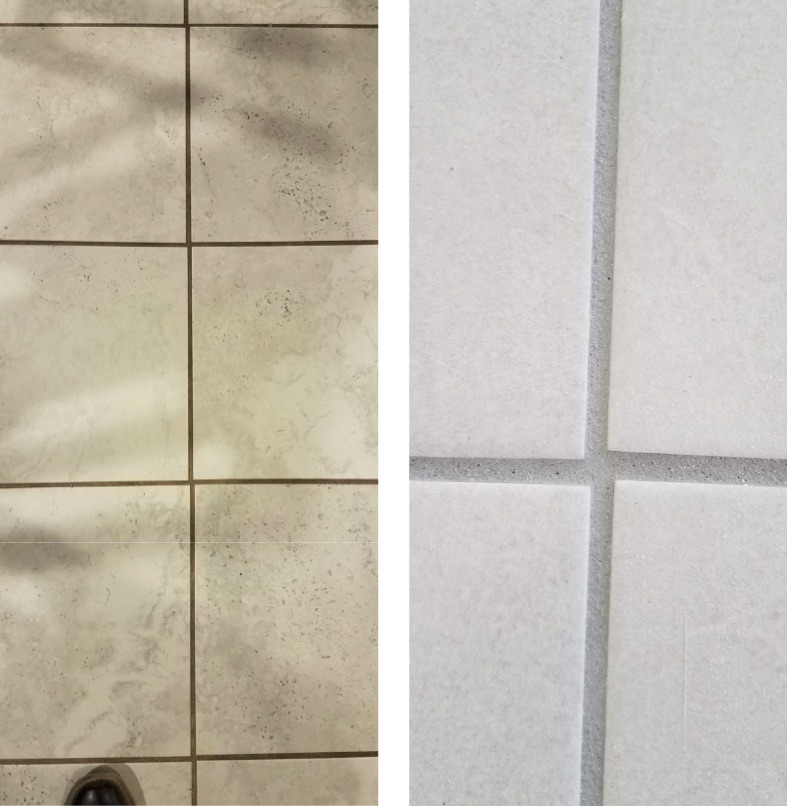
NTCA requested this topic be included on the agenda for the ANSI ASC A108 Committee meeting held at the show. The discussion was initiated by NTCA Board member and Technical Committee Chairperson James Woelfel, who is active in development of installer and contractor best practices through involvement in and leadership of numerous technical committees. Reliance on spacers has become a critical issue, according to Woelfel, who, in addition to contracting, is engaged in inspection and consulting. He says this problem is the cause of about 80% of the inspections he has performed so far in 2019.
The committee discussed the well-understood and accepted function of the grout joint as the necessary adjustable component of every tile installation that accommodates variations in tile sizing, an inherent characteristic of tile. But hard spacers inhibit that adjustability factor. Accordingly, the less consistently-sized a tile is, the greater the misalignment that will be caused by hard spacers because of the greater need to adjust the grout joint for the tile size differences.
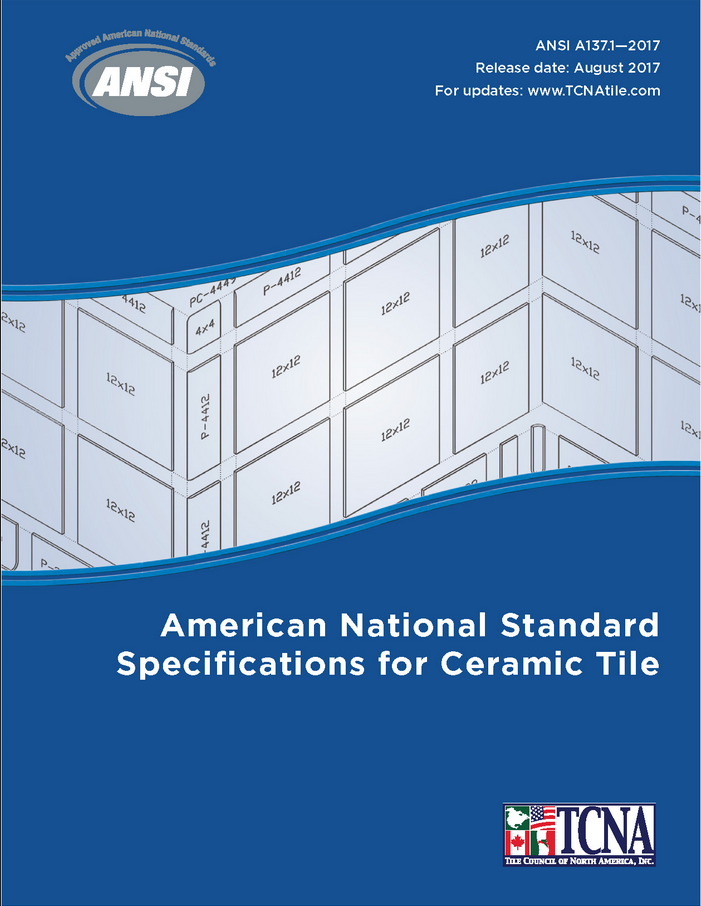

Conversely, the problem that Woelfel believes is on the rise would be less pronounced with rectified tile. This is because of the very small amount of size variation allowed for rectified tile, per ANSI A137.1, as compared to tile classified as calibrated tile, which is allowed more variation.
Tile classified as “natural” has very intentional size variation for aesthetic purposes and is allowed the greatest amount, and many tiles have even greater intentional variation and fall outside the tile standard completely.
But spacers themselves aren’t the enemy. They can be combined, or adjustable varieties can be used, to produce a good end result even when there is significant size variation in the tile.
Exploring the cause of the issue
The root cause of the issue is debatable. Perhaps there is a lack of awareness of size variation and how to deal with it, and a lack of qualified installers despite the availability of information and instruction available, especially online. Or, perhaps installers know better, but are working at rates that unquestionably require speed over precision. Is there a lack of willingness by homeowners and GCs to “purchase” installation excellence that excludes those who would take the time and make the effort to make aesthetic adjustments?
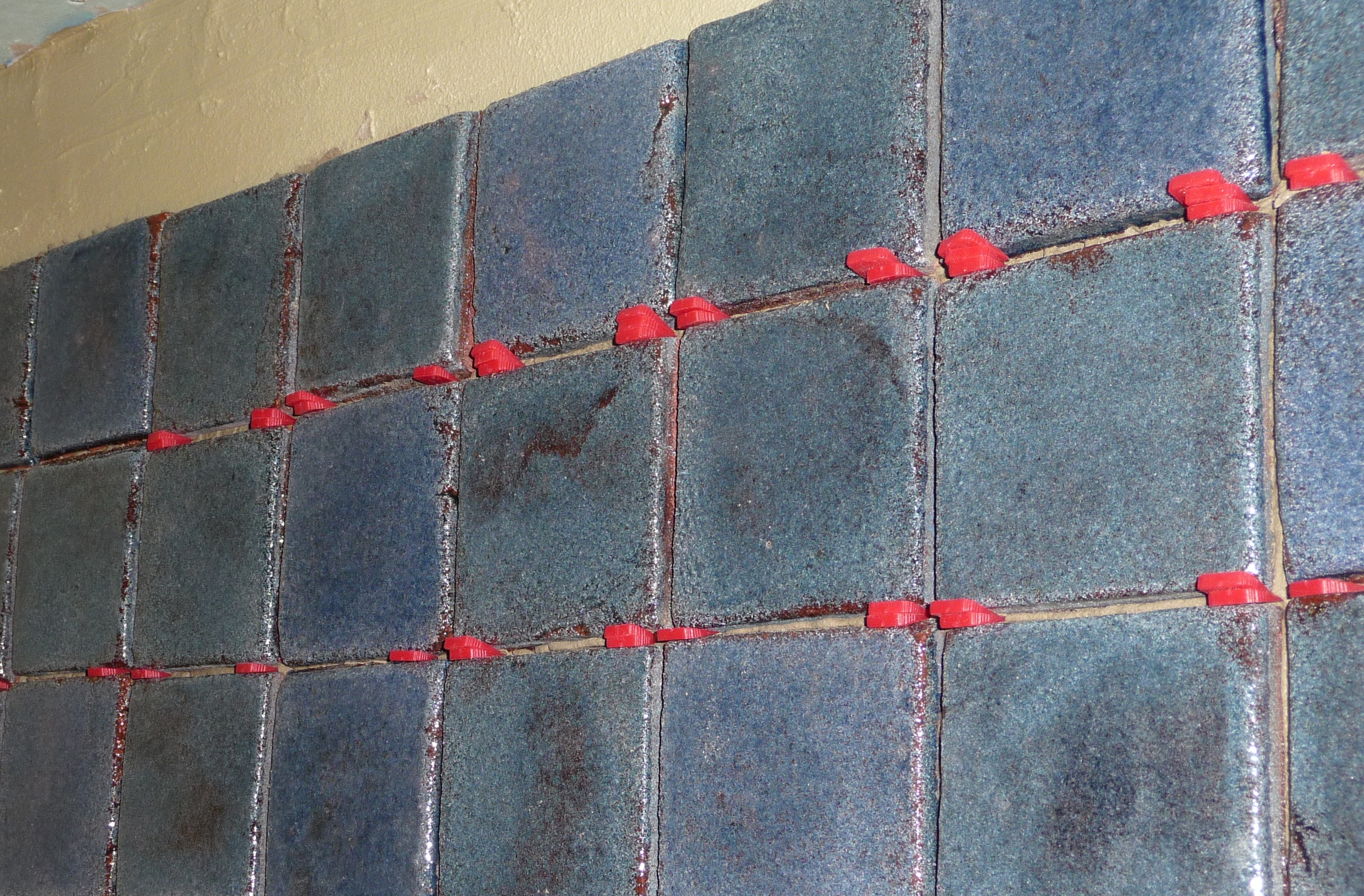

One can only speculate. Most inspection reports address only whether an installation does or does not meet industry standards. When it does not, the common presumption is that installer error is wholly to blame. But a deeper-diving, less black-and-white assessment might reveal significant culpability of homeowners and GCs choosing not to hire qualified labor.
It’s an important question for the industry. Perhaps Woelfel’s spacer-related observations are a microcosm. Does an increase in improper spacer use signal worsening undervaluation of craftworkers and trade work? We should try to find out.
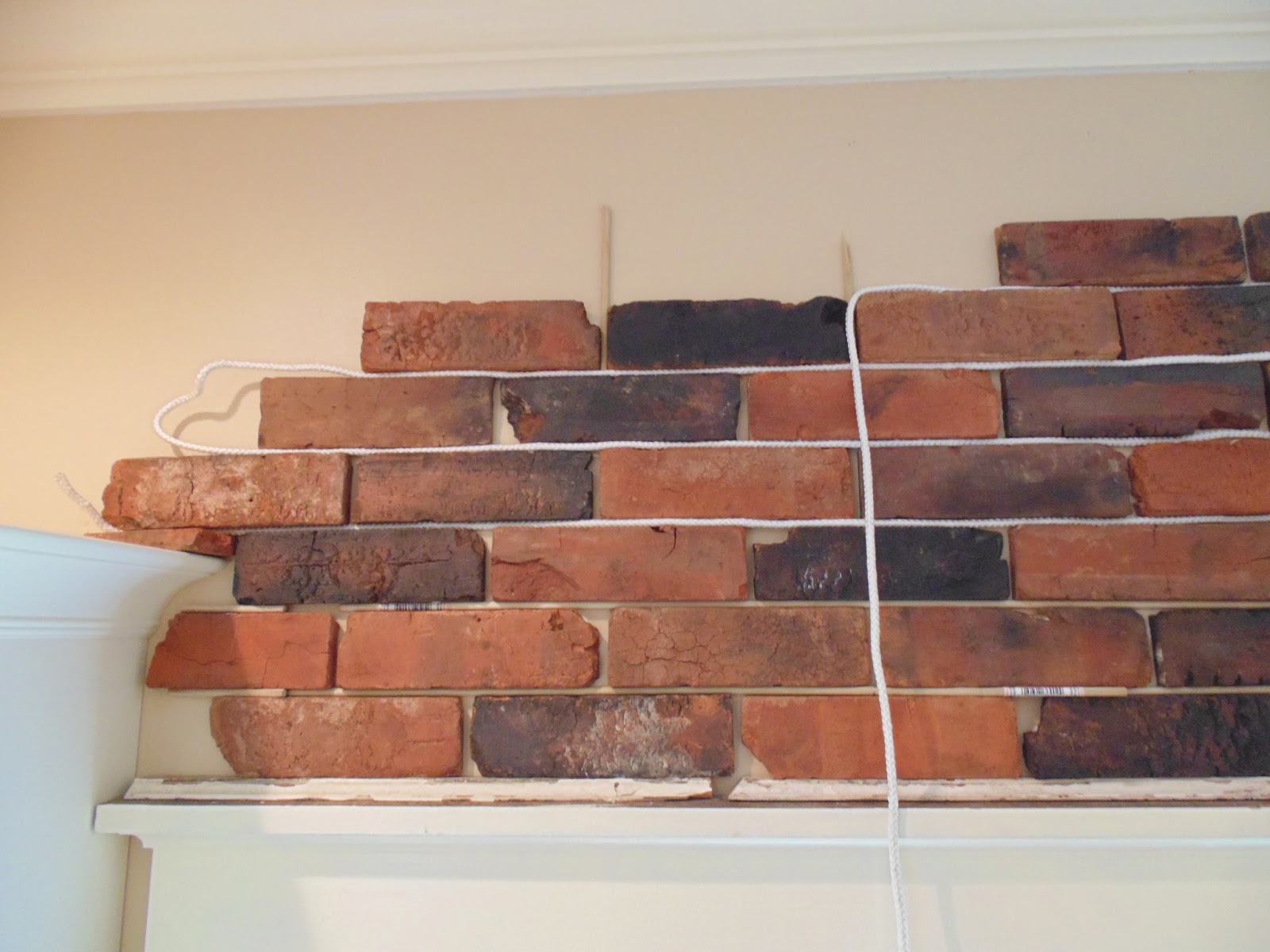

If misaligned tile due to spacer use reflects a shrinking willingness to purchase trade excellence, could we trace the lack of qualified labor back to that lack of demand? Could it be considered a labor market correction, i.e., a generalized lowering of output quality that equalizes the supply side with the demand side?
It may sound controversial but does the opposing theory make sense? Is it possible that the tile-consuming public not only wants – but is generally willing to purchase excellence – yet contractors and installers are either disinclined or unable to find a way to meet that demand despite the profitability of doing so? If that were true, contractors that do deliver quality work would have an almost unmanageable backlog of work, while subpar contractors would get very little work and be virtually driven out. Unfortunately, it seems the opposite is the case: quality contractors often struggle to get work, and report that the projects they bid on are routinely awarded to contractors that do not provide the same level of installation quality.
Determining precise layouts
Whatever the reason for it, the implications aren’t limited to some misaligned tiles. Even if all the tiles on a job were miraculously the exact same size, with zero adjustability needed, Woelfel’s observations still signal a problem.
The method of using measurements and chalk lines to lay out an installation is the skill that enables the tile installation to be oriented in the best way possible for a given tile and pattern in a given space. Laying out tile is the process of determining the size and placement of cuts (partial tiles) before any tile is set. Especially for larger installations, it’s a decision-making process, which may even involve a home or building owner since the “best layout” is often subjective.
One homeowner might want full tile at a certain threshold or transition to other flooring, regardless of how that arrangement decision impacts the tiles on the opposite side of the room; while another individual would prefer a more centered design.
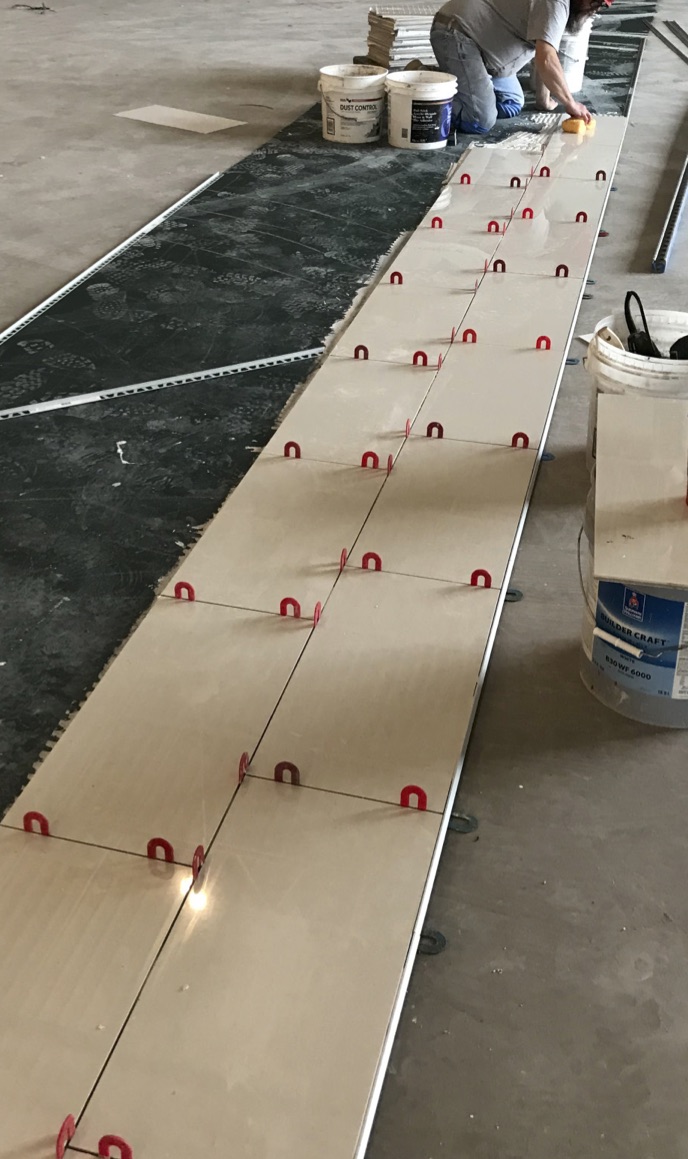

Only through professional layout processes can the layout options, including the aesthetic pros and cons of each option, be known and evaluated and an informed decision be made. Similarly, the professional layout process enables installers to adjust a layout to meet specific points and locations as needed in-situ. Installers may have to ever-so-slightly expand or compress a layout in order to “make it work,” imperceptibly, and over the course of multiple rows.
Several ANSI Committee members said they support Woelfel’s thinking that language could be added to ANSI standards and/or the TCNA Handbook relating to the potential for spacers to result in misaligned tiles. As part of the related awareness efforts, the larger implications should be emphasized. The idea is to not only avoid crooked tiles due to spacers, but to ensure that the highest level of craftsmanship is available wherever and whenever needed. This is not accomplished by seeking out qualified installers and companies only for the most critical projects, but rather by helping to sustain them by being their regular partner on the jobs in between.


Stephanie Samulski
Stephanie Samulski is NTCA Director of Technical Services. Her tile career began in 1999 as a tile layer apprentice with BAC Local 32 in Detroit, where she worked mainly on commercial installations for Shores Tile Co. A former project manager for the Tile Council of North America (TCNA) and the Ceramic Tile Education Foundation (CTEF), Sunulski has worked on industry standards as well as knowledge and installation curricula for training and certification programs.







